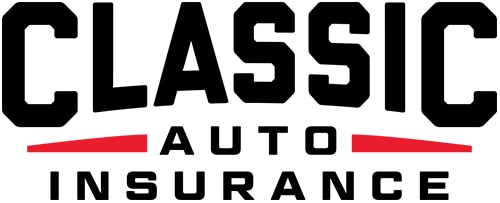Most classic car enthusiasts keep their autos out of passion for the hobby rather than for the money. But if you’re a classic car owner, you still want to preserve your vehicle’s value.
How can you maintain and even increase your car’s worth?
The overall condition is the single most significant factor of a classic car’s value. Therefore, improving its condition is the best way to increase its value.
How to Increase the Value of Your Car
Paint
Paint can peel and fade on older cars, especially if they haven’t been garaged or covered to protect the car’s exterior from the elements. A new coat of paint can make a classic car shine and look new again. Stick to historically accurate colors when choosing a shade. While an exact match isn’t necessary, an original color can help enhance the appearance and retain value.
Tires
While you may not be using your classic car for a daily commute, the tires will still realize wear and tear. Tires are important for aesthetics and safety, so if you want to increase your vintage car’s value, replace worn-out tires.
Vibration or the tried-and-true penny test are the best ways to determine if you need to replace your classic car’s tires. For the penny test, insert a penny upside down to measure tread depth. If you see Lincoln’s entire head, it’s probably time to get a new set of wheels.
Purchase tires from your car’s era and as like the originals as possible. Never put new tires on a classic car. Not only can that decrease its value, but it could also put you or your passengers in danger or permanently damage the vehicle. Replace your rims, too, if they’re dented or damaged.
Maintain, maintain, maintain
Regular maintenance alone isn’t going to increase your classic car’s value, but if you don’t practice preventative care, it is more likely to deteriorate. Even if you don’t drive your classic car every day, it will be subject to at least as much – or even more – wear and tear as a new car. Older cars have older parts, which means they are more fragile.
Check the oil, other fluids, and battery connections regularly and inspect the spark plugs, distributor cap, and air and water filters.
Older cars and their mechanical components become much more brittle and fragile as they age, so basic maintenance, like oil changes, tire rotations, battery checks, and wheel alignments, is critical to their long-term health and value.
When replacing old parts, try to keep them as close to the originals as possible to maintain their authenticity. Many accessories for classic cars are available with designs exactly like the original parts.
Keep it clean!
Allowing dirt and grime to accumulate can accelerate rust. Keep the exterior clean with regular washings, vacuum the interior, and examine the undercarriage to identify any leaks or buildup before they cause significant problems.
“Show” it off
If you’ve maintained your car and it’s shiny and in exceptional shape, consider entering it in classic car shows. The more prizes your classic car wins – whether the event is local, regional, or national – the more its value goes up. Keep all award documentation so you can provide it to an appraiser for valuation or sale.
A Trusted Insurance Carrier for Classic Cars
Proper insurance for your classic car is just as important as maintaining its condition. Classic Auto Insurance has provided reliable, thorough auto insurance for antique, classic, and vintage cars for more than 20 years. We can create customized auto insurance plans to meet your needs.
Our insurance covers:
- Antiques
- Classics
- Collectibles
- Exotic Cars
- Street Rods/Customs
- Race Cars
- Kit Cars
Contact us to learn more about the specialized coverage we offer for to protect your classic car investment.





